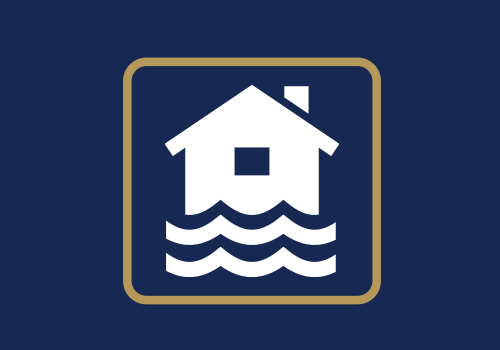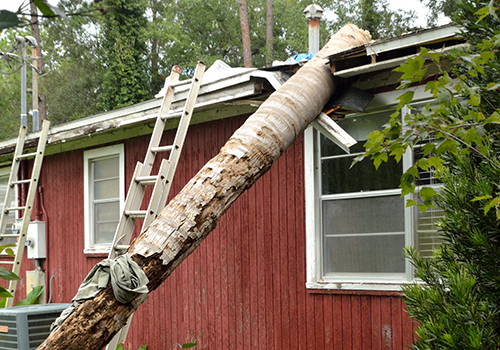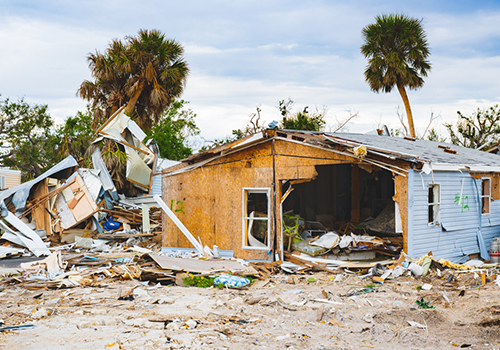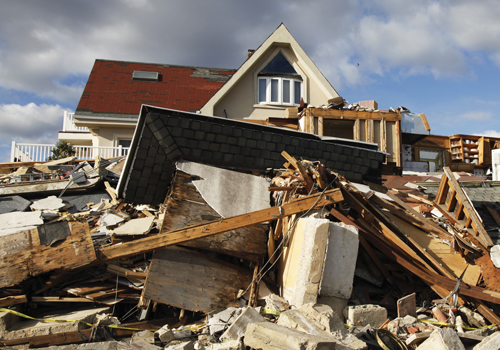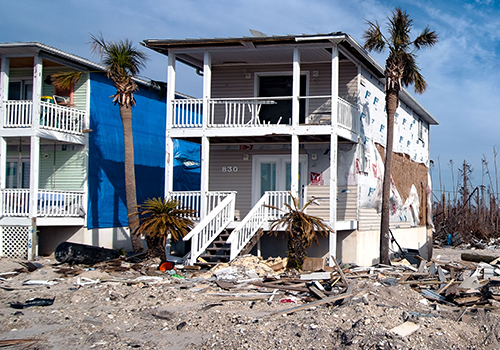Florida Division of Emergency Management - Disaster Information Page
The latest information on storm-related recovery resources.
Website: www.floridadisaster.org/disaster-updates/storm-updates/
Florida 511
This website provides information from Florida Highway Patrol regarding road closures, toll suspensions, temporary EV charging stations, and other important transportation related notices.
Website: www.fl511.com
State Emergency Response Team - Division of Emergency Management
This website provides information on currently open general population shelters, special needs shelters, and shelters of last resort within the state of Florida.
Website: www.floridadisaster.org/shelter-status
Federal Emergency Management Agency (FEMA) Disaster Resource
Federal assistance available to eligible individuals and families affected by disasters.
Website: www.fema.gov/disaster
FEMA - Frequently Asked Questions
Get answers to your questions about FEMA assistance, employment and volunteering.
Website: www.fema.gov/disaster/recover/faq
FEMA - Office of the Flood Insurance Advocate
This office provides guidance with National Flood Insurance Program questions and concerns.
Website: www.fema.gov/flood-insurance/advocate
NFIP Flood Claims
Learn how to file your NFIP claim.
Website: www.floodsmart.gov/
U.S. Small Business Administration
Disaster assistance loans for businesses of all sizes, homeowners, renters, and private nonprofit organizations via the SBA.
Website: www.sba.gov/funding-programs/disaster-assistance
Attorney General Price Gouging
Report price gouging online.
Website: legacy.myfloridalegal.com/Contact.nsf/PriceGouging!OpenForm
U.S Army Corps of Engineers (Blue Roof Program)
When active, this program assists with temporary roof repair or tarp assistance.
Website: www.usace.army.mil/Missions/Emergency-Operations/National-Response-Framework/Temporary-Roofing/
Florida Commerce
Florida Small Business Bridge Loan Program
FloridaCommerce activates Florida Small Business Emergency Bridge Loan Program for Hurricane Helene.
Website: link to press release
Florida Commerce
FloridaCommerce extends Grant Program Application Deadlines for Hurricane Helene.
Website: link to press release
Emergency Patient Look-Up
The Florida Agency for Healthcare Administration (AHCA) activated the Emergency Patient Look-up System (E-PLUS). E-PLUS is a HIPAA compliant, cloud-based software solution designed to support public health officials and emergency responders to fill information gaps during disaster response. E-PLUS is made available by the AHCA at no cost and enables authorized users to access medication and clinical histories, search for missing persons, and alert providers that their patients have been evacuated to Special Needs Shelters.
The website information is available to public health authorities, emergency response organizations, emergency management agencies, home health agencies, hospital systems, and law enforcement.
Website: ahca.myflorida.com/agency-administration/florida-center-for-health-information-and-transparency/office-of-health-information-exchange-and-policy-analysis/emergency-patient-look-up-system-e-plus
Hurricane Milton State-run Distribution Site Map
For food, water, tarps and more.
Website: link to map
Disaster Assistance
Locate and apply for various forms of assistance.
Website: www.disasterassistance.gov/
